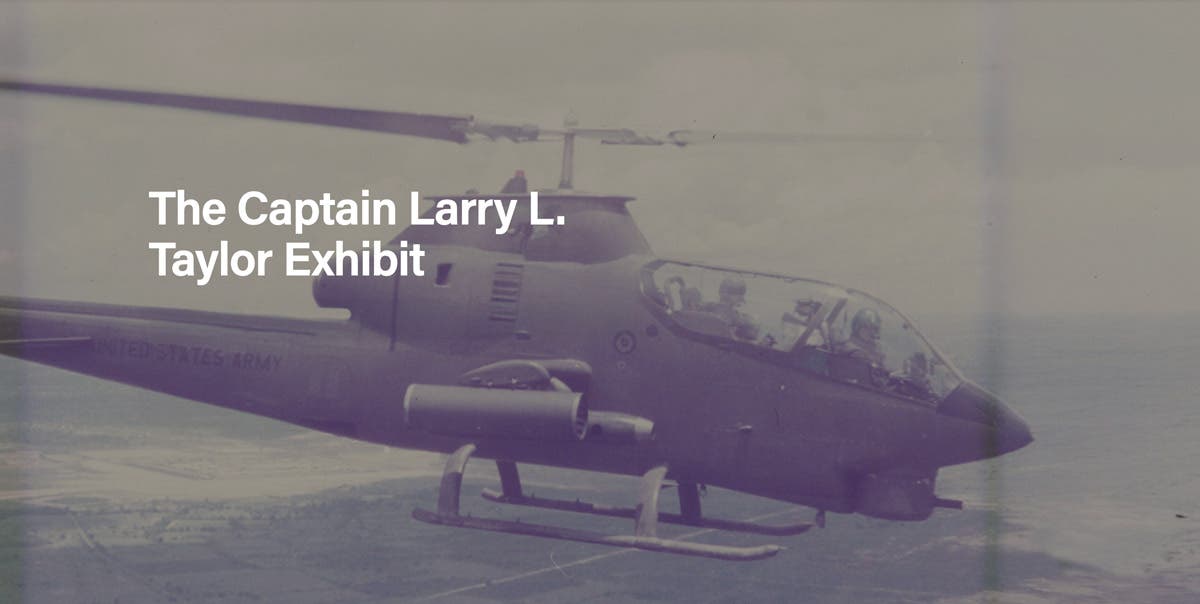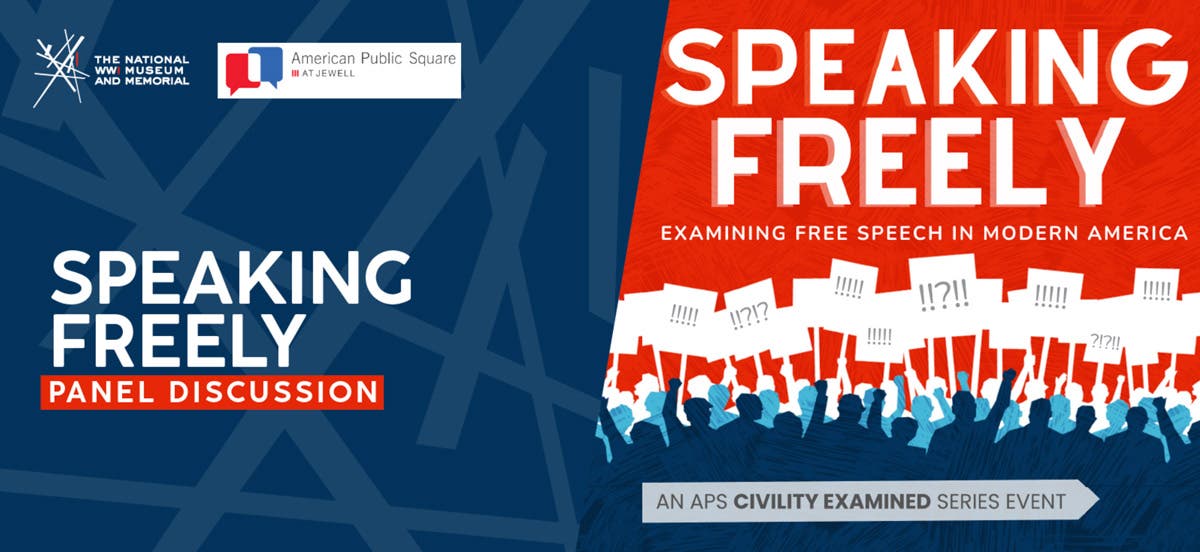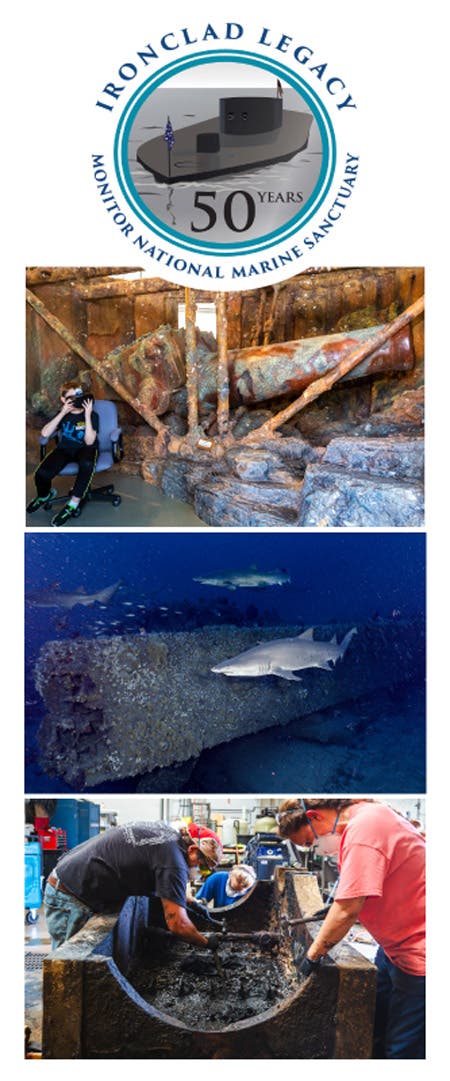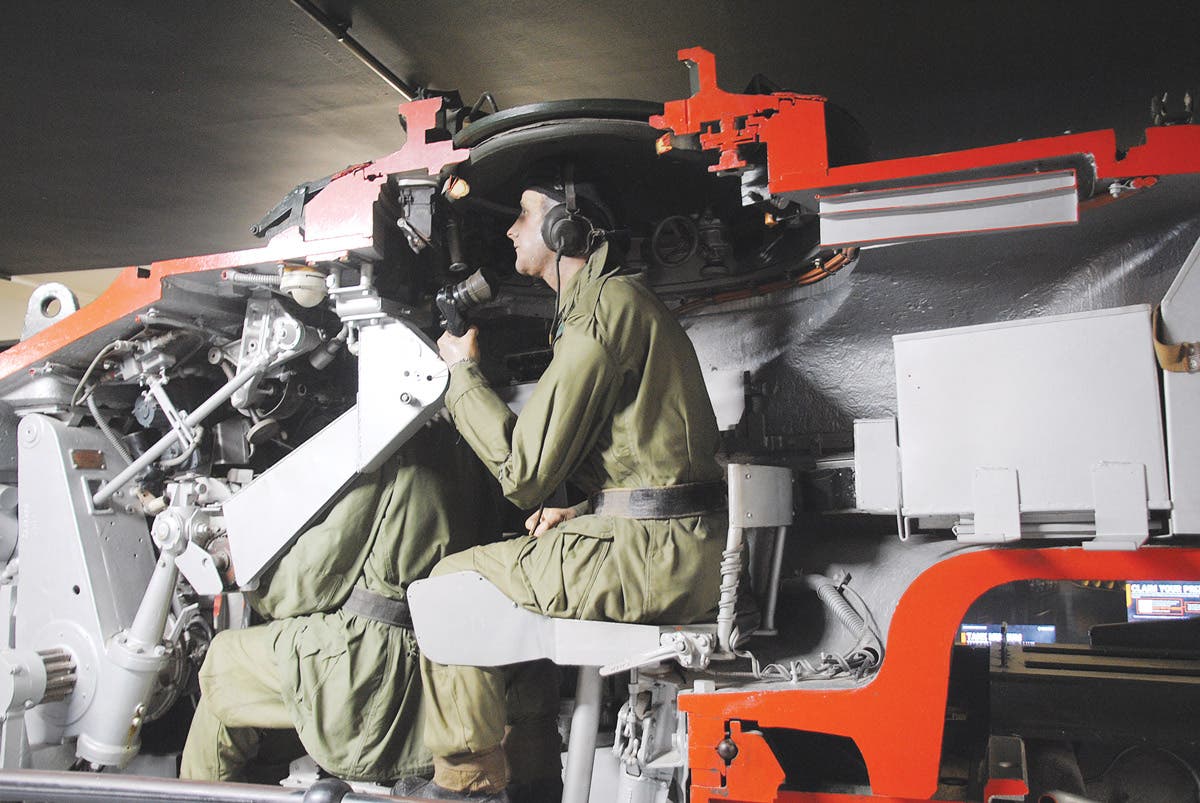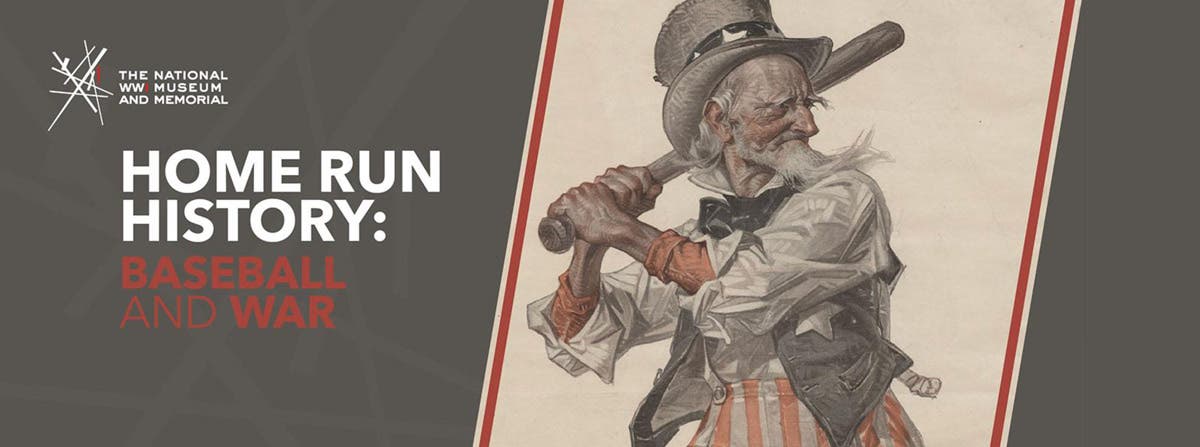An enigma of exhibits fascinates
Deciphering the National Cryptologic Museum in Fort Meade, Maryland
A stone’s throw from Washington, D.C.’s Smithsonian museums is a showpiece of cryptographic history. Just outside the NSA offices is the National Cryptologic Museum near Fort Meade, Maryland, a fascinating collection of decoding machines, documents, and artifacts from America’s history of spying suspects both domestic and international.
The museum is housed in a former motel that was purchased by the agency to create a buffer between the NSA campus and the Beltway – Washington’s highway system. Guests of the Colony Seven Motel were likely businesses and government officials with meetings with the NSA, or candidates in town for interviews. However, one does wonder if there was ever any covert activity by foreign spies at the location.
While previous exhibits included historical artifacts from the development of codes – and breaking them – dating back to the middle ages and some more recent devices – however the current focus of the installation is efforts by the United States, or connected to the country with some significance.
A previous display included the Cray high-speed computer and the Zimmerman Telegram, however those historical machines are not on display, “It wasn’t our story to tell,” Dr. Vince Houghton, director of the National Cryptologic Museum, explained.
Today, the museum hosts a collection of cryptologic devices and code artifacts that have a direct connection to the United States’ efforts of counterintelligence. Most of the items on display are also significantly relevant in that they were “the first of something, the only one in existence, or were used by someone of historic note,” Houghton told Military Trader & Vehicles.
A number of Enigma machines are on display at the museum. One machine was an early device that was commercially available prior to WW II. Another Enigma machine is one with special markings denoted that it was used in one of Hitler’s headquarters. Two additional Enigma machines are available for hands on experience. The two are networked so museum visitors can code, send, and decode messages to each other. It is likely the only place where anyone can come and put their hands on an Enigma machine.
More wartime and Cold War coding devices including pieces of Japan’s Purple Cipher – which the Americans obtained and reproduced in order to decode messages between Japan and Germany, and which helped the U.S. Navy to victory at the Battle of Midway; the SIGABA or ECM Mark II 20-rotor cipher machine that was used by President Franklin Roosevelt to communicate with British Prime Minister Winston Churchill; and the “Russian Fish,” that was developed by the Nazis to listen to Soviet communication and was later used by the United States for the same purposes during the Cold War.
The former motel has been modified to accommodate displays the size of a pen or piece of paper up to mainframe computers. Exhibits are presented with information, and include hands on experiences where possible. The displays are not flashy. They represent the history and relevance of the objects on show, and in a basic setting that many might be surprised to find the “spies” or counterintelligence community working in regularly. Blank walls, minimal furnishings, and much of the exhibit is in rooms without windows – and all by design. Who might be listening? You simply don’t know.
The museum admission is free and it is possible to tour the exhibits self-guided or with a guide who will offer anecdotes and historical background on many of the items.




